Amongst the 100 top selling albums last year were 8 dead singers, (Elvis Presley, Bob Marley, Roy Orbison, Amy Winehouse, and David Bowie, Prince, Michael Jackson, Leonard Cohen), 5 dead bands, (The Beatles, Bon Jovi, Abba, Queen, Oasis), and 19 greatest hits albums of music recorded in the last century.
It wasn’t always this way.
The introduction of the Compact Disc changed music buying habits from only buying the latest release to buying music from any point in history.
Video and DVD did the same thing for film.
The internet did it for virtually everything else.
The reason I drag you through this history lesson is to try to explain that there was a time when people didn’t have the ability and consequently the interest to look at back catalogues.
So, in 1988, when a super-hot director, showed me his prized u-matic commercials shot before I was even born, it was weird.
But they were magical.
The Director, Nick Lewin, laughed his way through the reel, a reel he’d presumably seen hundreds of times.
The Director of these old ads was called by Howard Zieff, and when you look at them again here it’s easy to see why.
It’s the sheer humanity.
And humanity never goes out of fashion.
Here’s what I know about Mr Zieff.
He was born Howard B. Zieff in Chicago in 1927, (October 21st.)
He then grew up in East Los Angeles, the Boyle Heights section, where his stepfather ran a club where neighborhood men played cards.
He attended the Los Angeles Art Centre.
He was enlisted into the Navy in 1946, pretty soon he became a staff artist on the Navy News, before being sent to Navy Photographic School.
Navy Motion Picture School was next where he shot his first film was ‘Day In The Life Of A Cadet’.
“I learnt the basics in the Navy; what a pan is, what a tilt is, how to strip a camera, how to print and develop film, I got an education if film opticals that was better than any photographer’s assistant could’ve ever had.
But aesthetics, the Navy weren’t interested in.”
When he left the Navy he decided to go back to The Los Angeles Art Centre to study photography, becoming a newsreel photographer for a tv station in Los Angeles upon leaving.
In the early fifties, Zieff moves to New York hoping to find work as a television director.
Out of work and knowing few people in a new city he spends every afternoon in local cinemas.
Running out of money, he takes a job as a photographer’s assistant for ‘a guy who put together Ford catalogues.’
When his boss refused to raise his $45 a week salary, he quits, investing his entire savings, $200, in a loft above the Belmore Cafeteria.
(GEEK-FACT: It can be seen as the cafeteria of choice by ‘Taxi Driver’ nut-job Travis Bickle.)
He starts shooting for local companies, specialising in people.


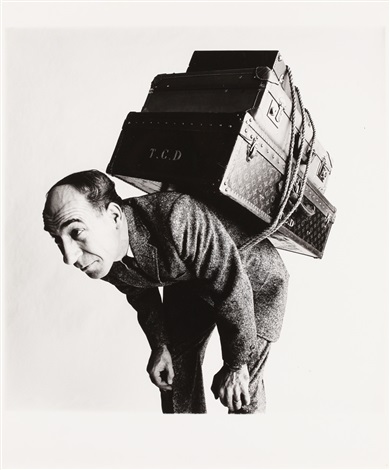

This leads to more prestigious advertising jobs.
 He starts long term relationships with magazines like Ladies Home Journal, McCall’s and Esquire.
He starts long term relationships with magazines like Ladies Home Journal, McCall’s and Esquire.
He starts to get a reputation for shooting that most difficult of subjects; kids.
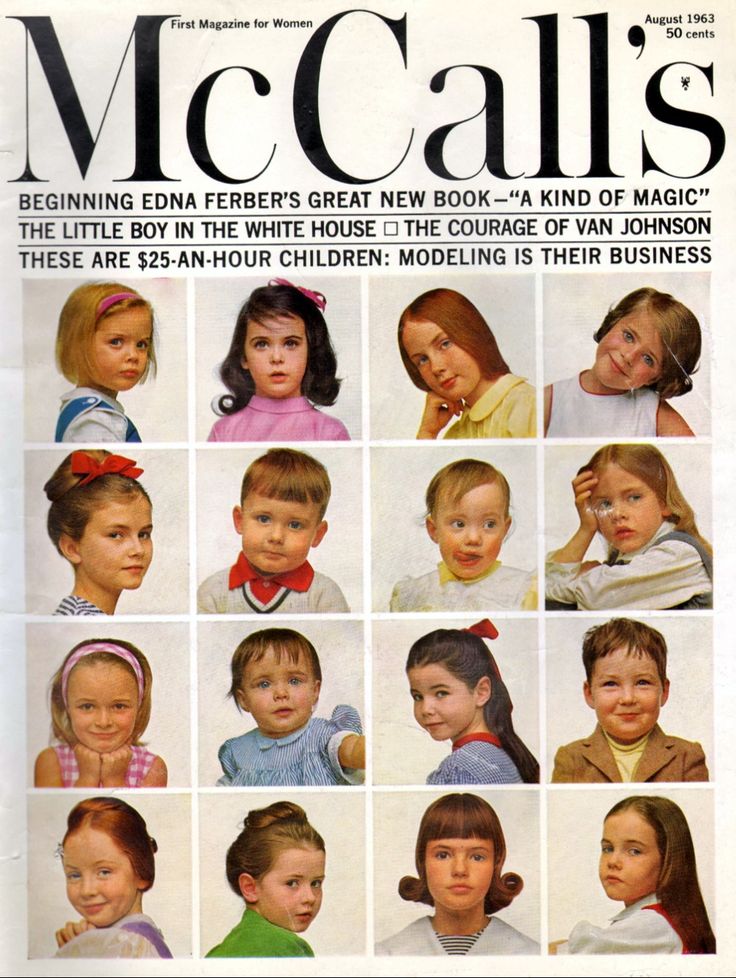
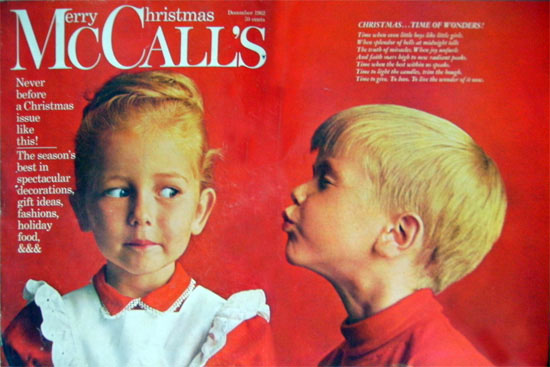
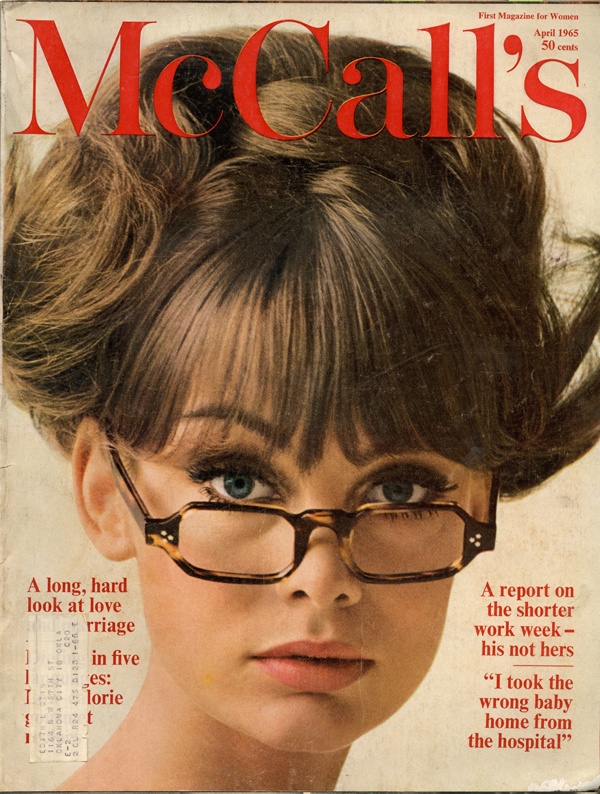









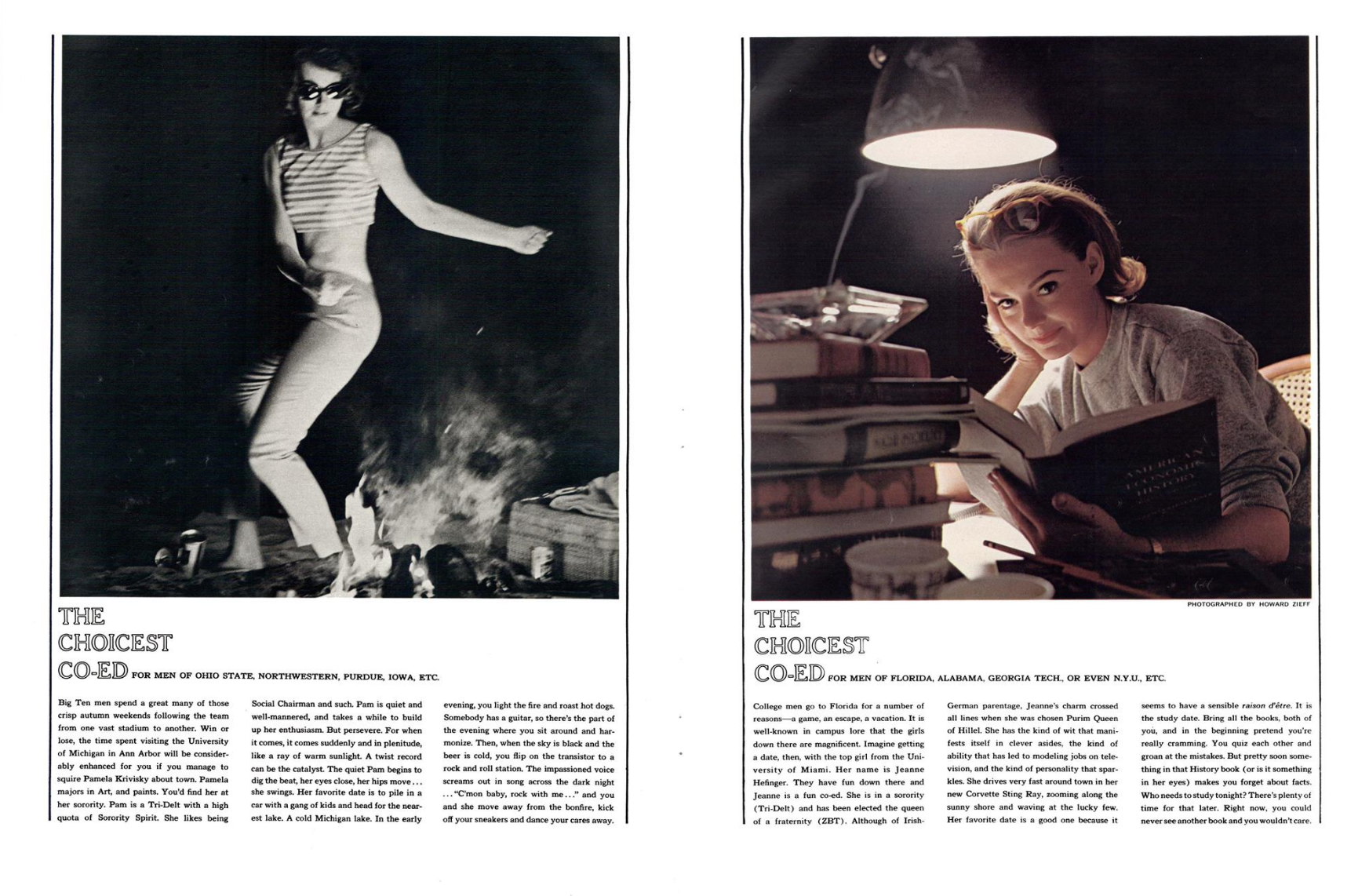



His New York Daily News campaign gains him tremendous recognition.
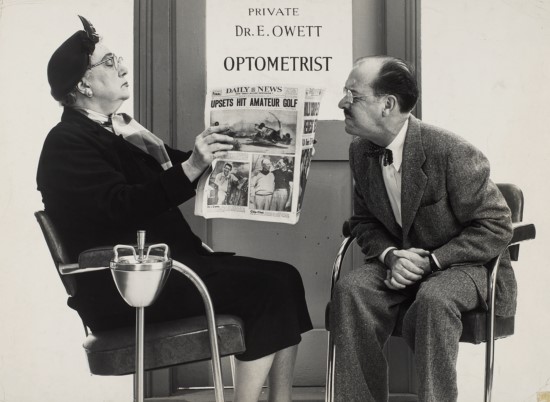

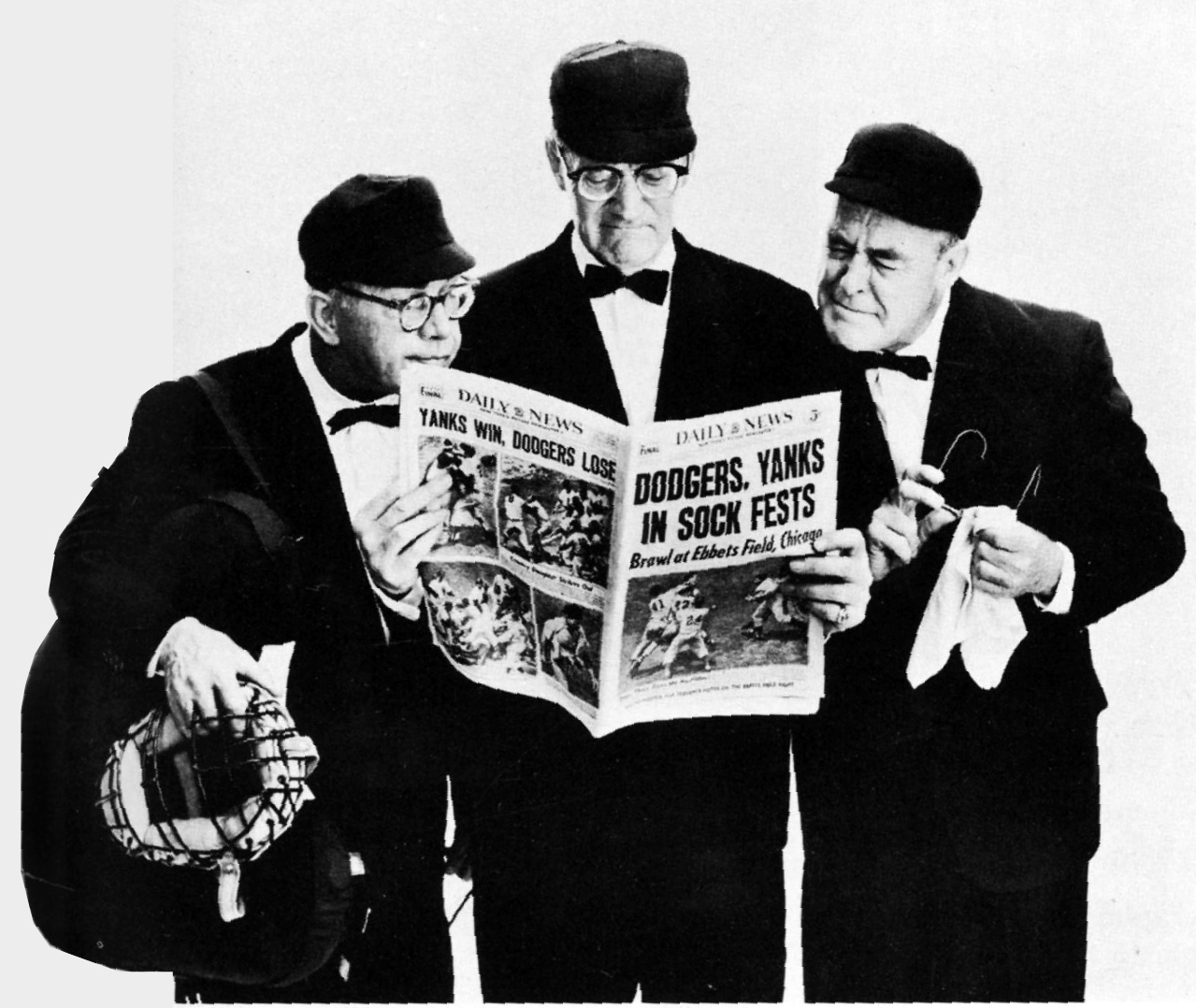 By the time he’s 25, he’s making $100,000 a year and has his own studio employing 15 staff.
By the time he’s 25, he’s making $100,000 a year and has his own studio employing 15 staff.




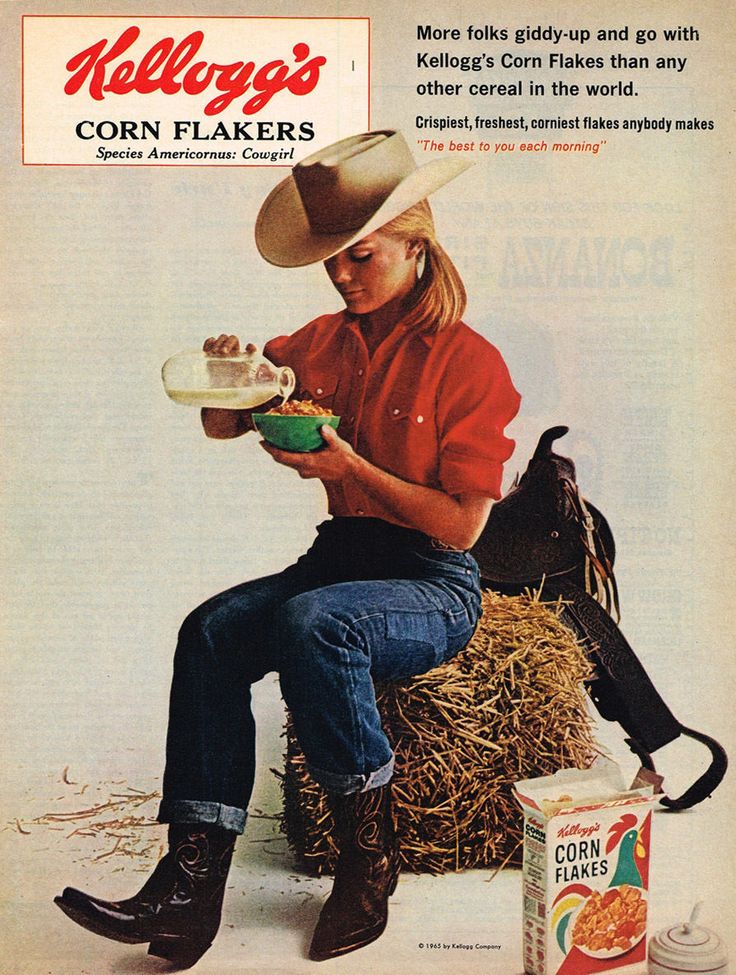



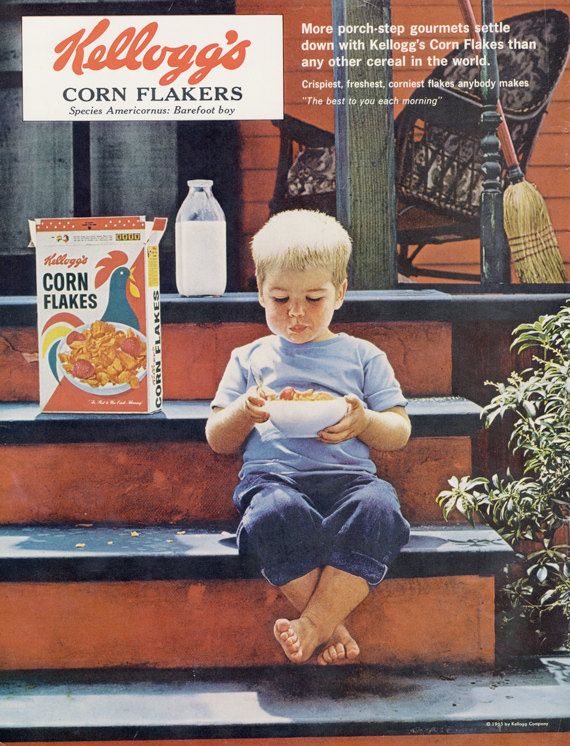
The Lipton campaign for Y&R offers him a chance to demonstrate his lighting and child wrangling skills.


 By the late fifties he’s shooting for the best agency in the World; Doyle Dane Bernbach.
By the late fifties he’s shooting for the best agency in the World; Doyle Dane Bernbach.
Campaign’s like Ohrbach’s allow him to cast the previously uncastables.
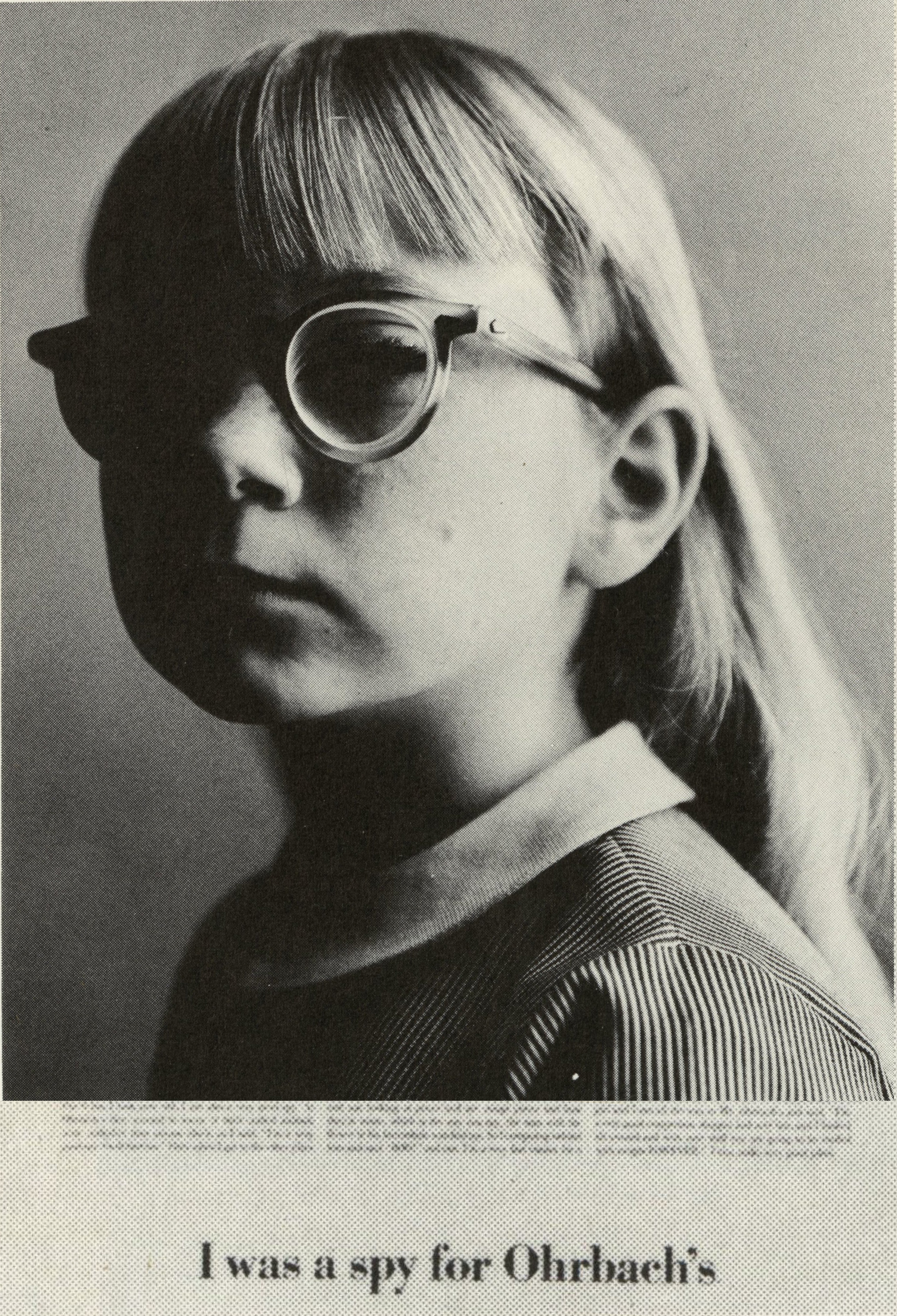

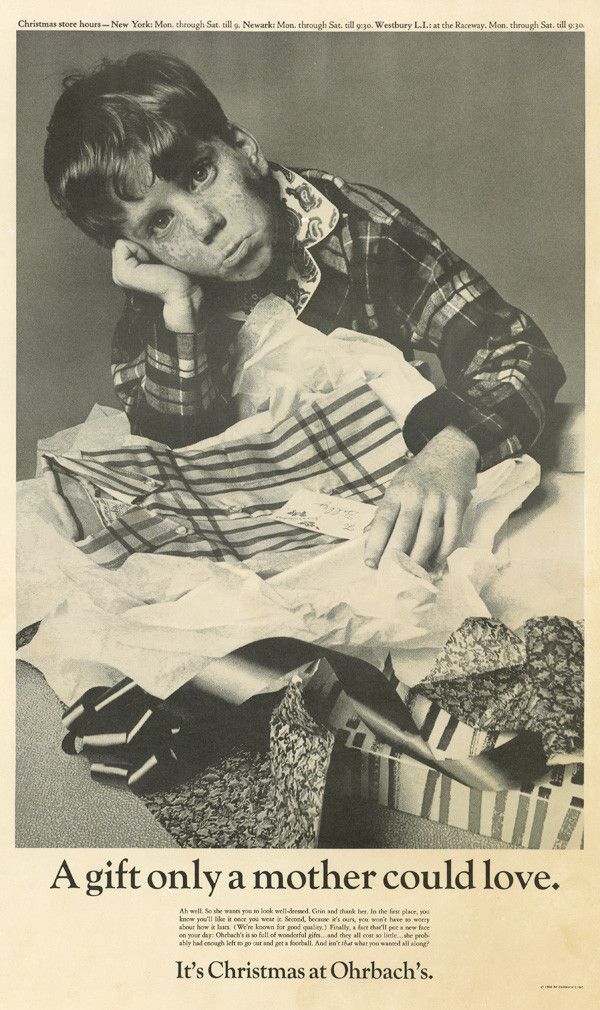
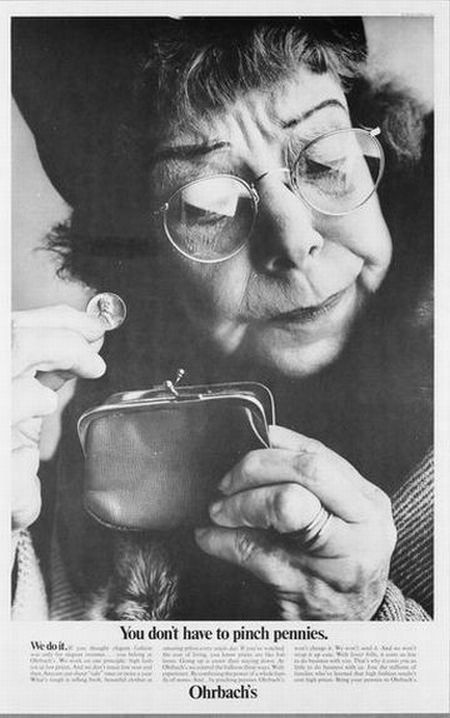
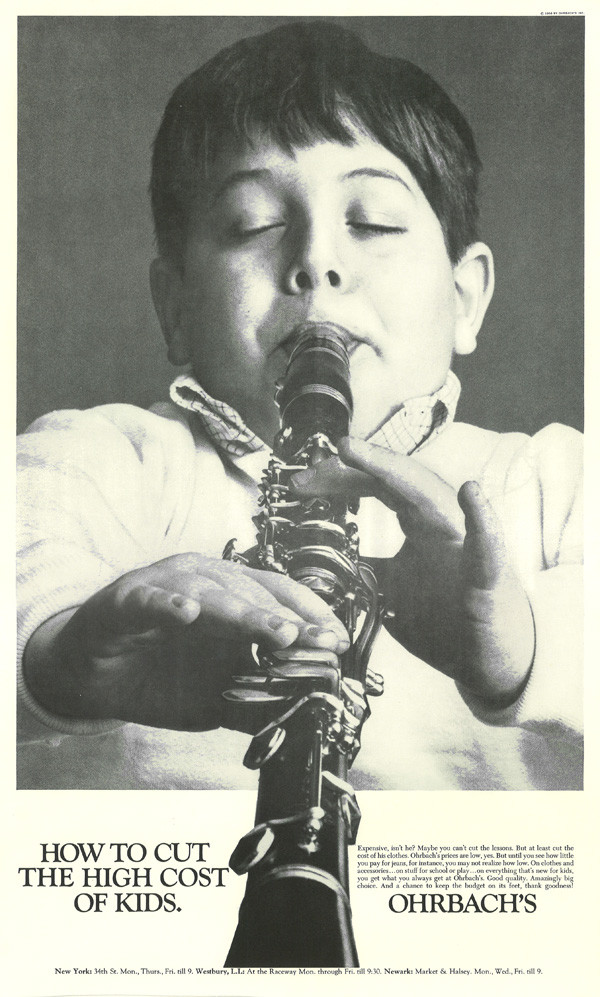

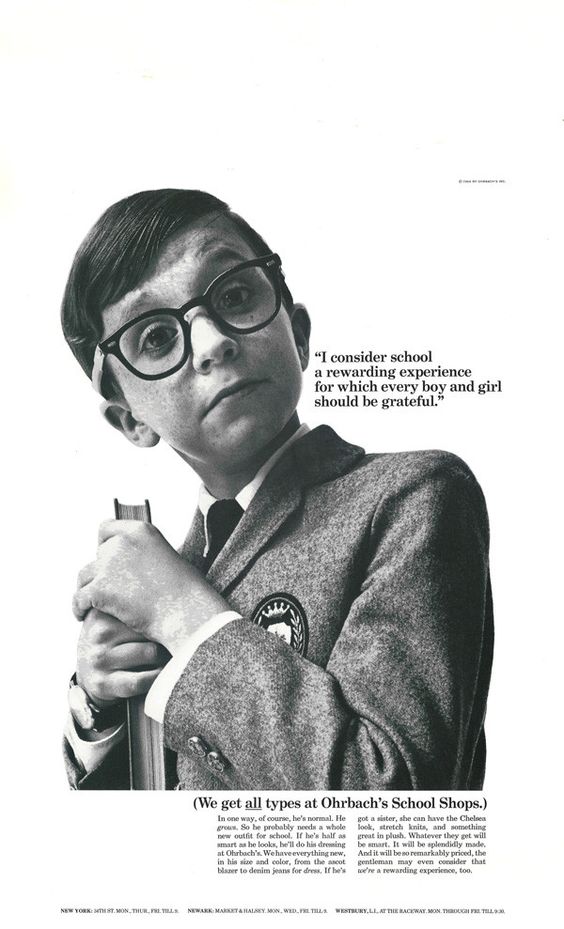 Another DDB NY ad for Len Sirowitz and the Better Vision Institute.
Another DDB NY ad for Len Sirowitz and the Better Vision Institute.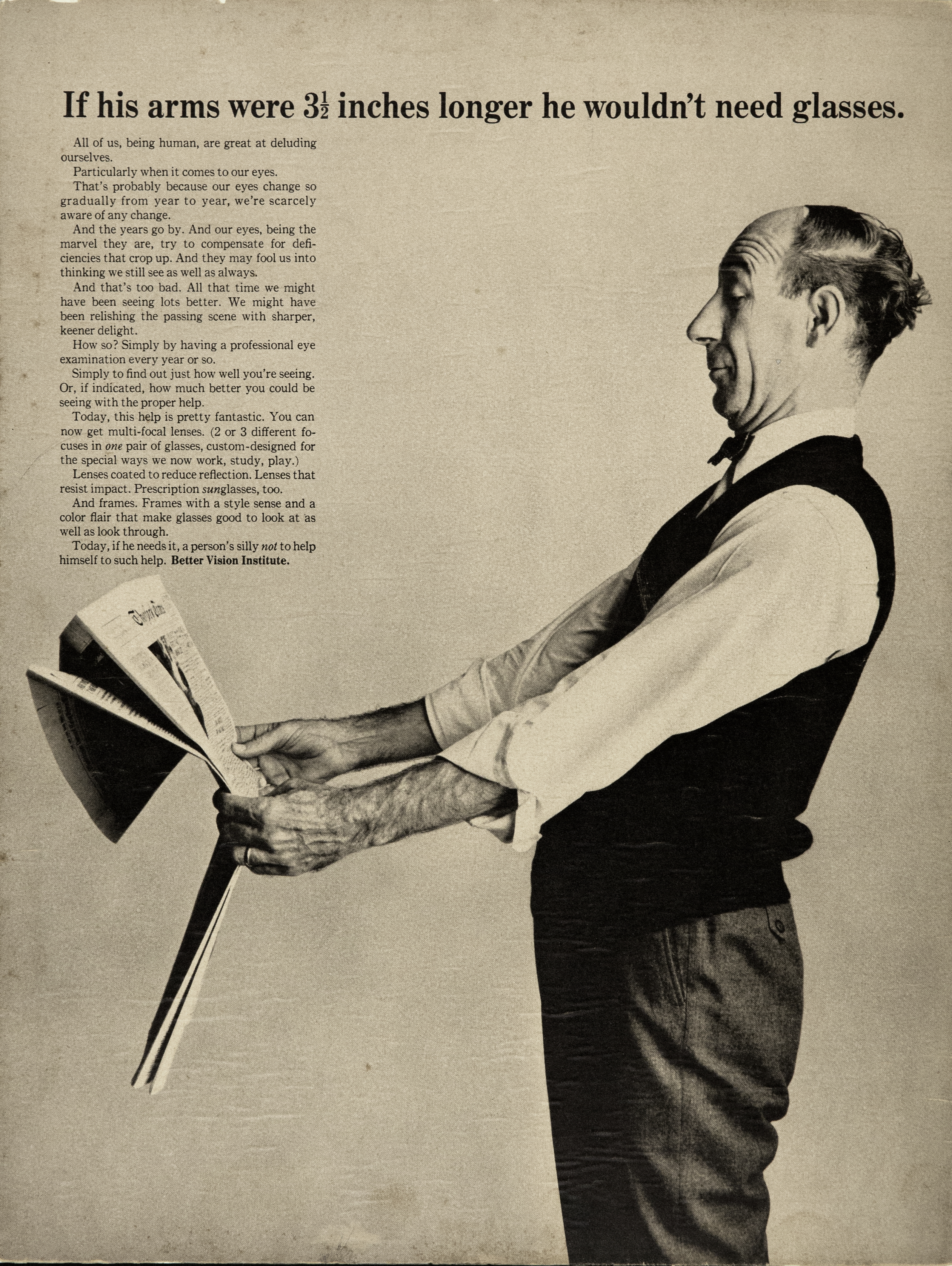 He began shooting for Polaroid in the late fifties.
He began shooting for Polaroid in the late fifties.
A relationship that would last nearly two decades.



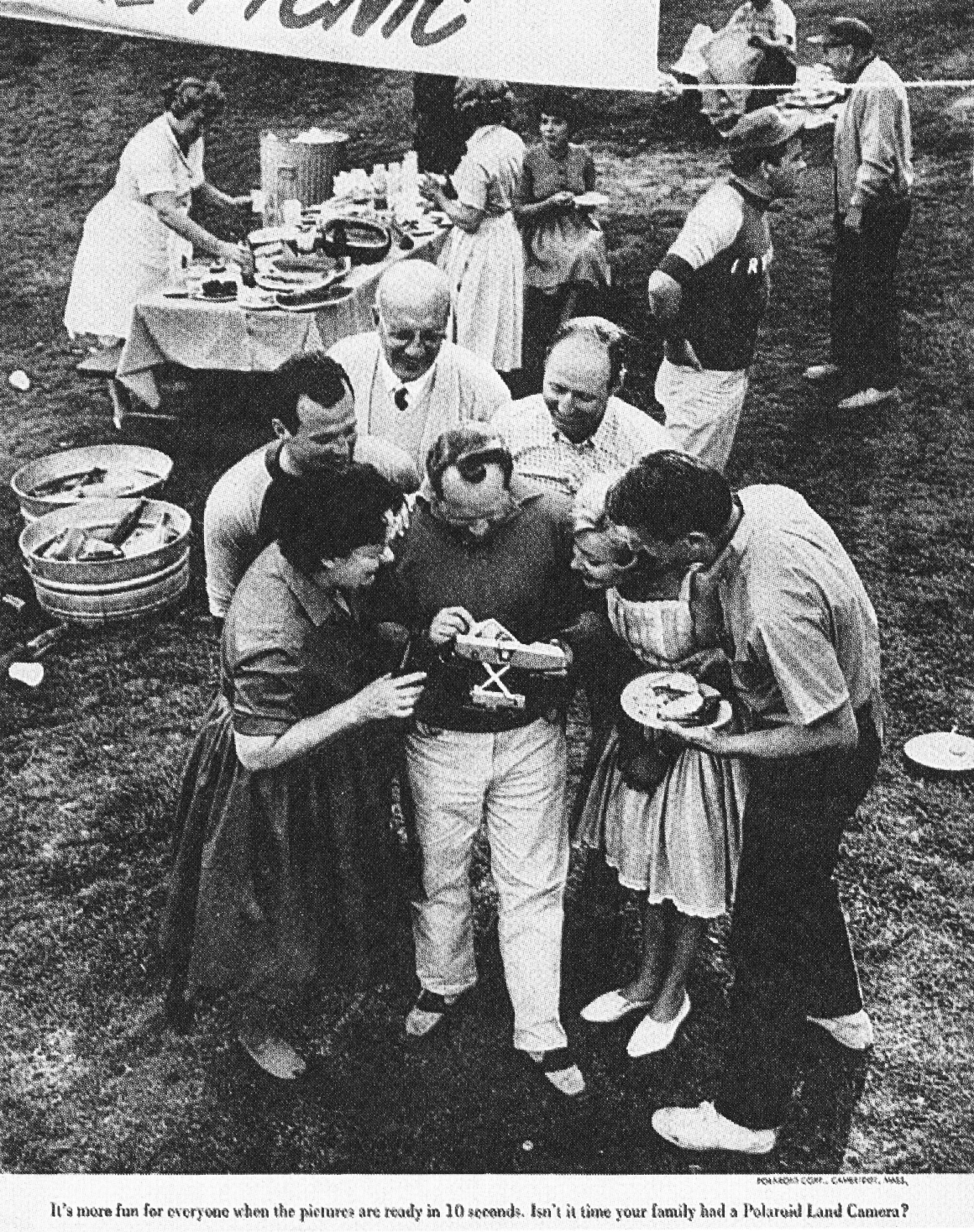
Spoof.

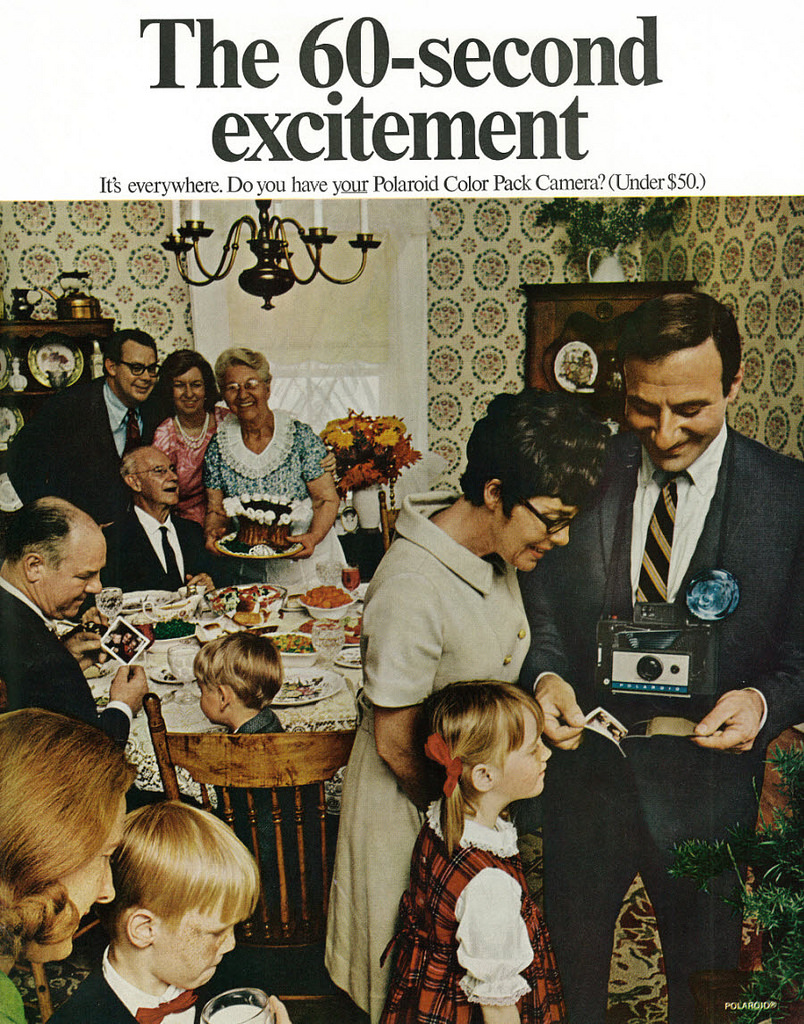

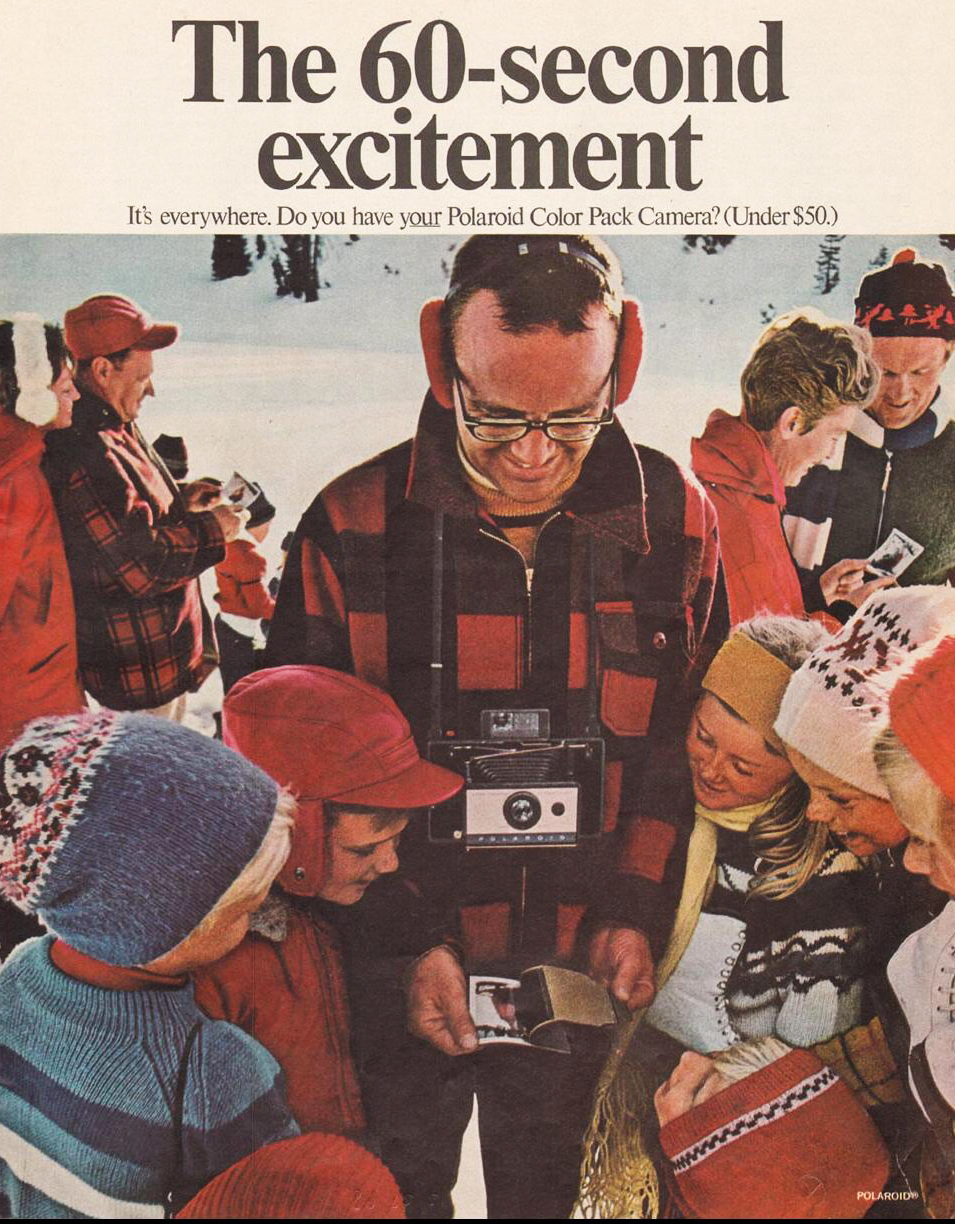






 The most famous work of Zieff’s career has to be Levy’s.
The most famous work of Zieff’s career has to be Levy’s.
A radical idea, particularly fifty odd years ago, beautifully shot.
“I shot many photos for Levy’s that failed.
They weren’t the kinds of faces that gathered you up when you went on the subway.
That’s what I wanted, faces that gathered you up.
The Chinese guy worked in a restaurant near my Midtown Manhattan office.
 I saw the Indian on the street, he was an engineer for the New York Central.
I saw the Indian on the street, he was an engineer for the New York Central. The kid we found in Harlem. They all had great faces, interesting faces, expressive faces.”
The kid we found in Harlem. They all had great faces, interesting faces, expressive faces.”



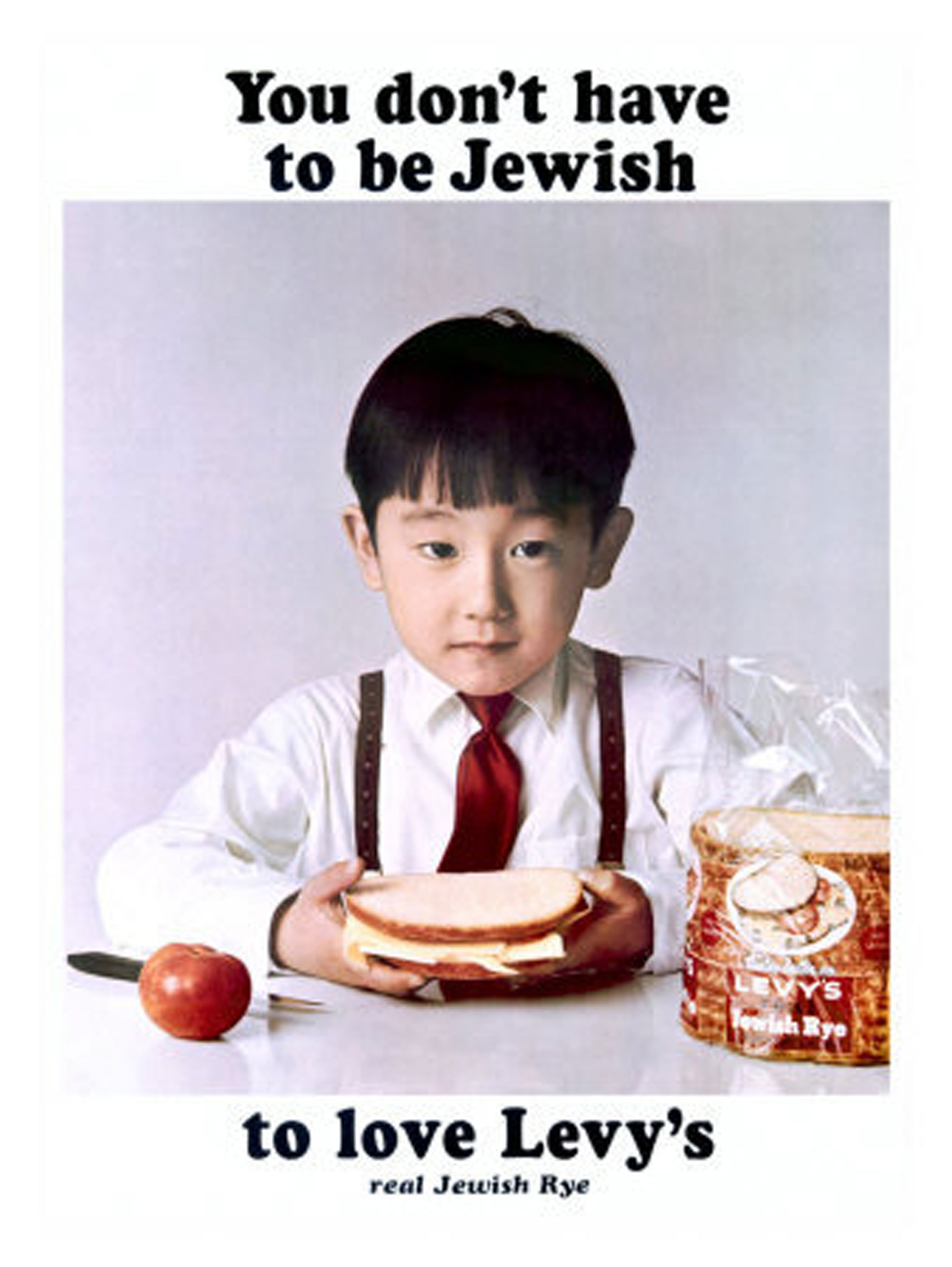


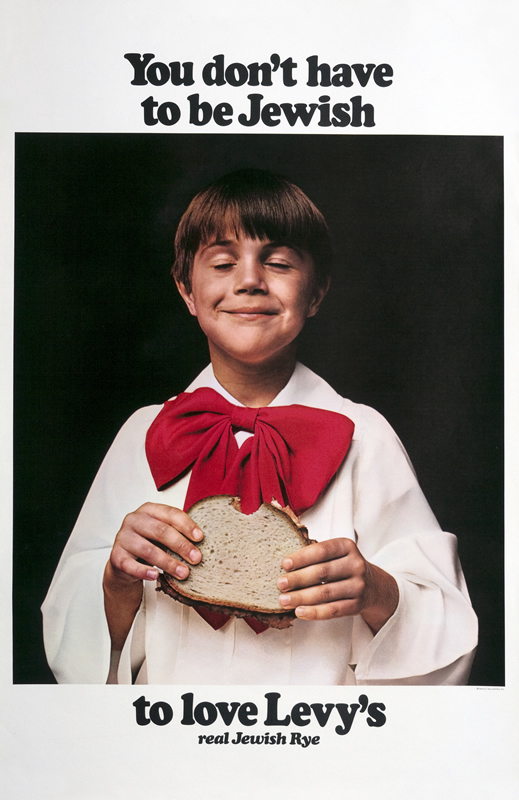 The campaign went ‘viral’ before the term viral, being referenced and spoofed across culture.
The campaign went ‘viral’ before the term viral, being referenced and spoofed across culture.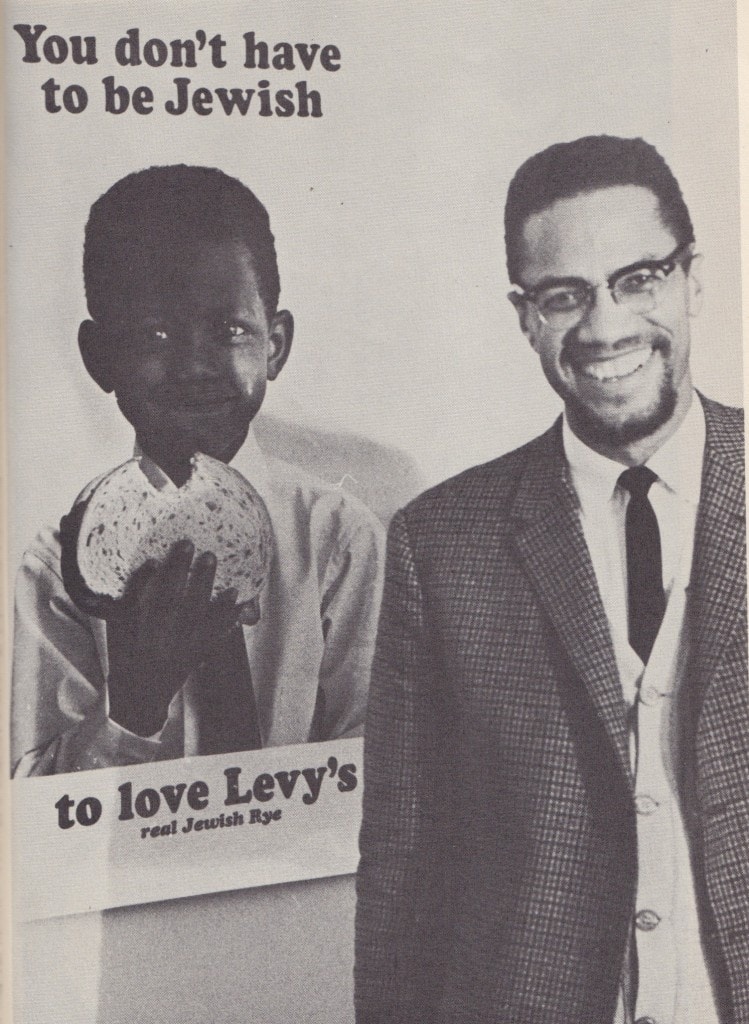

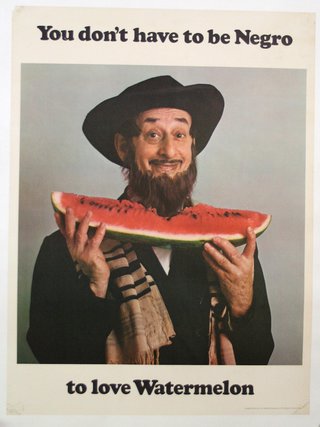
 The Utica Club campaign allows Zieff to perfectly replicate the America his grandparents.
The Utica Club campaign allows Zieff to perfectly replicate the America his grandparents.





 A Zieff Christmas card from the sixties.
A Zieff Christmas card from the sixties.
In the late sixties Zieff moved in to the former Grolier Club at 29 East 32nd Street. He shot many VW ads, primarily for the station wagon.
He shot many VW ads, primarily for the station wagon.


 The Sony ads he shot for DDB, (yep, we’re still on DDB), are perfectly cast.
The Sony ads he shot for DDB, (yep, we’re still on DDB), are perfectly cast.




(Sony outtake.) He starts directing, unusually for photographers turned directors, his moving stuff is even better than his non-moving stuff.
He starts directing, unusually for photographers turned directors, his moving stuff is even better than his non-moving stuff.
‘‘I never looked at them as a commercials, to me they were mini movies.’’
This meant he wouldn’t cast his ads ‘pretty’, ‘In those days everyone in tv ads were blond and perfectly proportioned; I didn’t want that.’
Instead he wanted real people in his castings, searching not just for a look but ‘a certain quality’ the actors had.
It was reflected on his sets too, he was like the anti-Norman Rockwell, demanding imperfection.
That could mean cigarette burns on a coffee table, the plug socket overloaded or a button on a shirt that had come loose, no detail was too small in his search for realism.
It has also been said that Zieff was the first commercials director to treat the actors like actors, to let them do their thing, not the usual cliches of the genre.
Bill Bernbach said ‘he casts like no-one else, he makes you believe it like no-one ’.
At the time he was feted as ‘The Fellini of commercials’ and ‘The master of the Mini-Ha-Ha’, it meant he was getting budgets of up to $100k in the 1960s.
He told New York Magazine at the time; ‘I will only produce a commercial that solves a problem for me – for my ego, or my aesthetic needs or if they’re fun.’
(I have to give a shout out to Vinny Warren and his crew for sourcing the bulk of these ads.)
In the early seventies he switched to movies.
They were all big name productions, but aside from ‘Private Benjamin’ and ‘The Dream Team’ not films I’m aware of.
(I may try one or two, possibly ‘Slither’ or ‘Hearts Of The West’, I’m probably not going to give ‘My Girl 2’ the benefit of the doubt.)

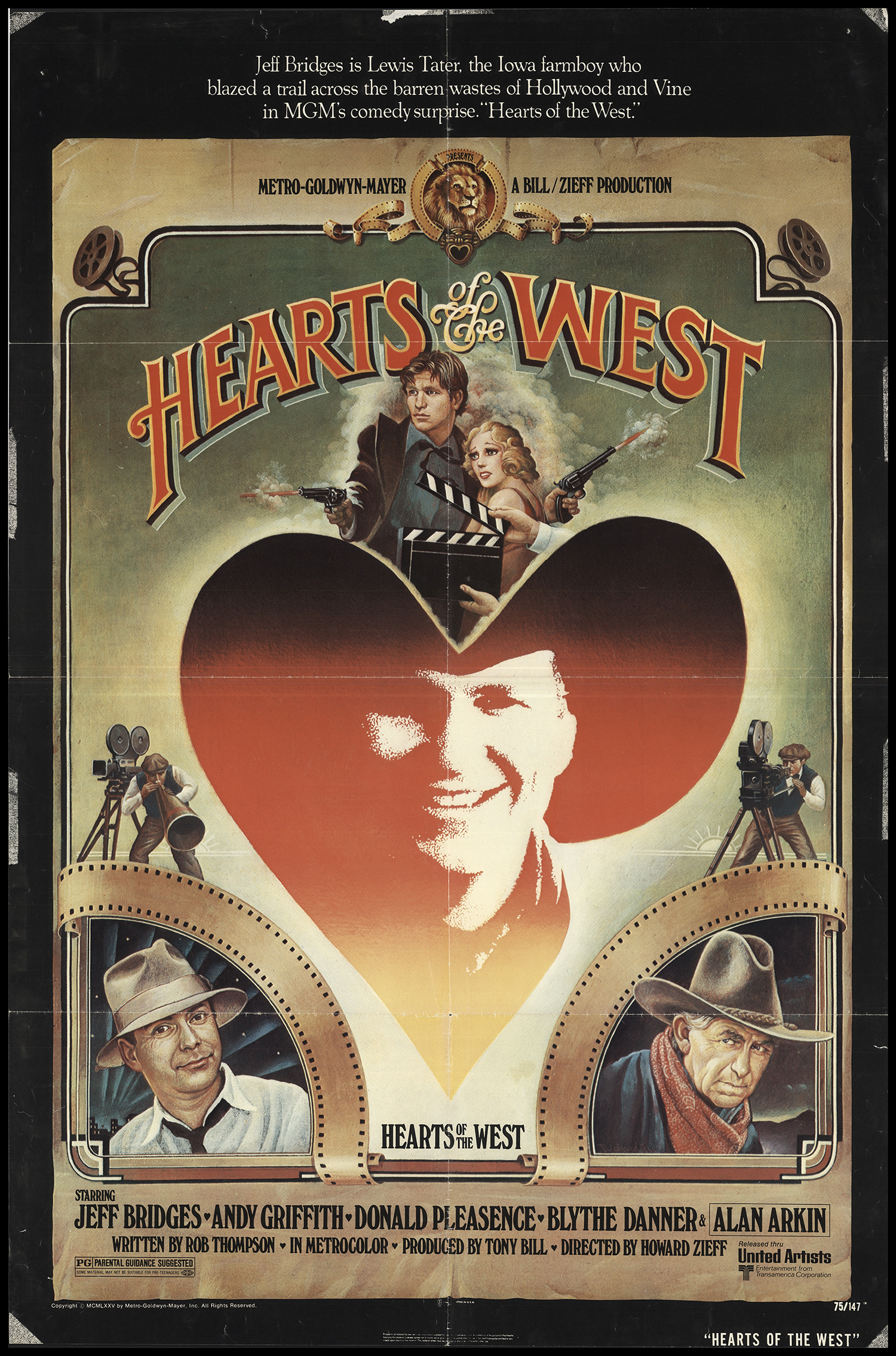







He passed away in 2009.
(Possibly the only grave stone with an ad carved into it?)



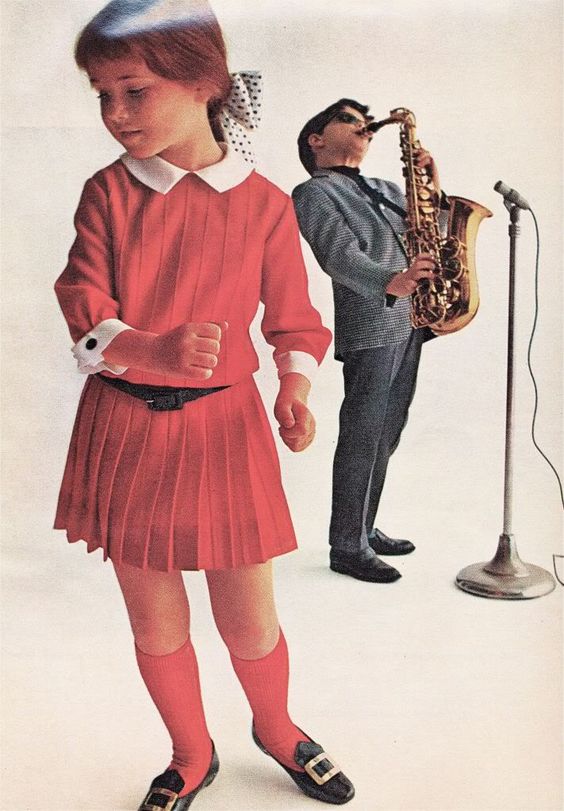
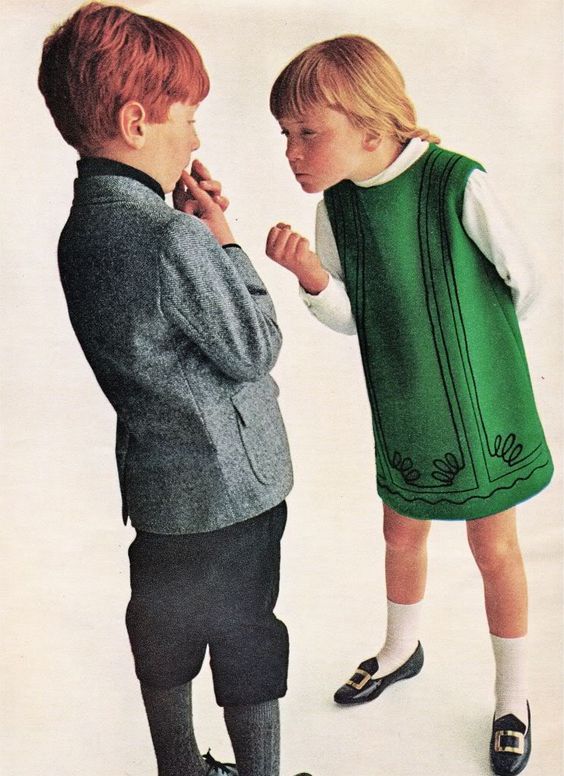



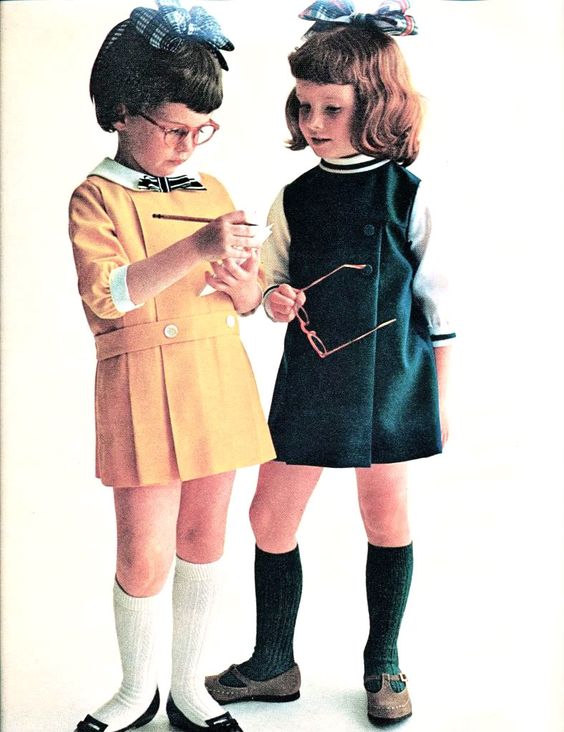




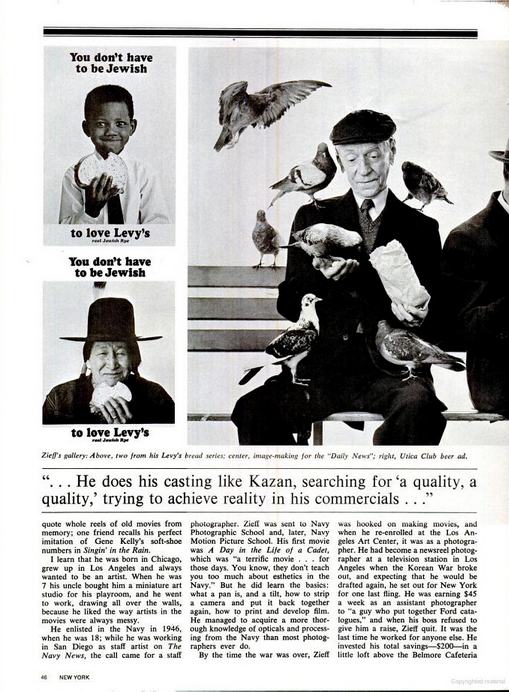

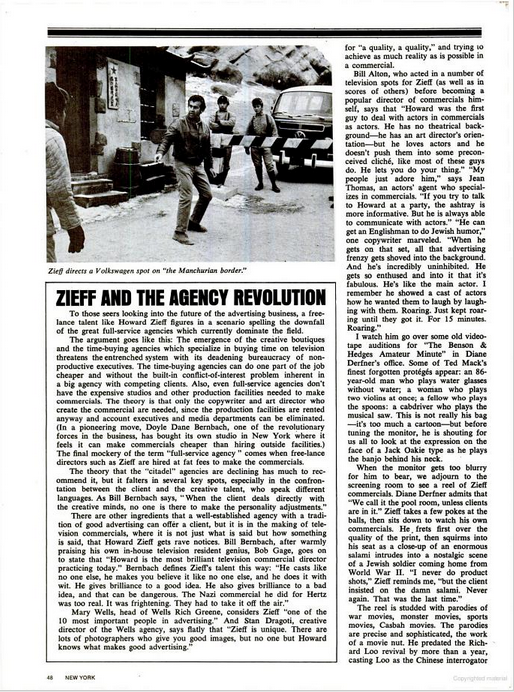

Fantastic stuff
Thank you Dave. Mr Zieff was the ‘man’. Ask Alan Parker.
Ok, I will, do you have his email?
I never worked with Howard on print ads, but I shot with him for Whirlpool, Alka-Seltzer and Mobil Oil. Howard was the only director that I worked with that I had so much confidence in
that I knew if I missed the shoot, it would still come out exactly the way I wanted. (Incidentally, that last sentence could never had be written by a working writer).
Evan Stark
Dear Dave,
My goodness.
I have been a fan of Zieff for almost 50 years. But I am not a very confident ‘internetter’ .
I was thinking about dear, departed Alan Parker and stuck Howard’s name and the word commercials in Google… hey presto! A treasure trove of his work. Being a copywriter rather than an art director I had admired many of his press ads without knowing he was the photographer.
Thank you so much for the job you do.
Marc
You’re welcome Marc,
You can see the link between his stills and commercials; the people. Real, unusual, natural, funny.
(A photographer once broke down how he shot his studio portraits, like Levy’s, to get that lighting he used a massive studio, with a completely sealed with white cloth, ‘leaving no gaps, because water leaks out of gaps like water’.)
Don’t know whether it’s true, but the pictures are nice.
Dx
Dave,
Awesome coverage of a real talented artist, and a nice guy. I come from a family of 8 boys, 5 of whom are shown in ads on this page. If I had more time, I could probably find one or two more, and Mom and Dad – whom Mr. Zieff would pull in if he needed another member in the shot at a church or at the dinner table, or picnic. My brother Frank was in a popular shot for Orbach’s back to school that I didn’t see here.
We grew up as fairly normal kids in Brooklyn and the fabric of our childhoods is full of sound stages, hot lights, snow in July, sore cheeks from smiling, and the characters that make it all come together. We did catalog shots, stills, commercials, radio. Zieff was one of the genuine people who respected us kids and trusted us to work with him to get what he was after. His sets were always perfect and uncluttered.
I have to say I was mad at him, after the fact, for the McCalls cover (fold out of blond boy puckering up to kiss little girl). To this day, I never set eyes on that girl, and got some heat from my family and friend for “kissing a girl” – not a thing a boy of 5 or so was proud of, back in the day. Zieff had me make believe I was giving my Mom a kiss goodnight. From the look on the girl’s face, he probably clued her in that some fresh kid was trying to plant one on her.
Great job. Got anything on Mark Shaw, Dick Richards, Ted Bates?
Hey Tom,
Fascinating.
Was Frank the sulky schoolboy in the Ohrbach’s ad? (If so, I didn’t know that was Zieff.)
Do you have any hard copies of Howard’s work – tearsheets, etc?
I’ll Google Mark Shaw and Dick Richards.
Best,
Dx
Dave,
Yeah, that was Frank sitting in the corner, sulking, as you said. He was in an awesome Cracker Jack TV commercial shot on the boardwalk in Coney Island. Little boy on a date convinces Jack Gilford to cover his shortage on a box of lip-smackin, alaka-zakin Cracker Jack. Here is the video, it says 1967, but it was more likely 61-62, Frank was born in 55 (https://www.youtube.com/watch?v=xXDC7ZJLEWE).
FYI, Mark Shaw did a lot of work for JWT, including a Cleo recognized spot (’66) for Oscar Mayer, “Weiner Stand,” with me slinging the dogs roadside, while singing the jingle. They claim I was the first live person to sing it on TV (https://www.youtube.com/watch?v=W3jtz6ruyCk.Dick) Richards did commercial photography in NYC and later shot a couple of films including westerns like Culpepper Cattle Company (https://www.imdb.com/title/tt0068435/).
Keep up the good work.
Cheers.
Tom
Today i bought a stack of negatives from a local swap meet, that have Zieff written on them. Send me your email and I’ll shoot you some pics of what I found as soon as i get a new light table.
My mother was his stylist when he shot the posters for The NY Daily News. Her name was Lorayne Watson. I know she worked for him on other shoots and film projects.
I met him years ago at a gallery showing his photos in Los Angeles. He already had Parkinson’s and was there with his wife. I still have one of the last remaining limited edition and rare copy of a spiral bound book that Howard published to commemorate the posters. They were brilliantly funny and I love the way he communicated human nature and his unique way of capturing the simplest, yet perceptive sociable relationship between people, their culture, daily lives, and the product he was trying to convey as attainable, lovable, and familiar to a wide audience, even if it was now considered an example of life in America.
I really knew only a small tab of his story, now I know much more thanks to you!
Did you ever hear back from Kristopher Tate and see if his photos were those of Howard Zieff.
BTW Isn’t that the Cracker Jacks guy Jack Gilford in the picture of him with The New York Times posted below the heading, “He starts shooting for local companies, specialising in people.” And the guy below as spokes model for the Barney’s Ice Cream Bars is very familiar too!
Now that I think about it, Howard Zieff was like Norman Rockwell, but with a different sensibility that was humorous, yet with a wink back at the audience to let them know he was not trying to be so ideal.
Yep, that’s it from me.
Scott DeRoy
I worked for Howard as a production assistant in 1968 at the 29 E. 32 st. townhouse. It was a terrific way to get to know NYC. It was one of the best years of my life. The other employees were kind and encouraging to me. From Stan Lang (producer), Irving Bigman (AD), Dick Clark (Rep/Agent) and all the others, I really wish I had stayed in touch with them. But I got a job in the music touring biz and moved to L. A., where I lived for many years. I miss them all.